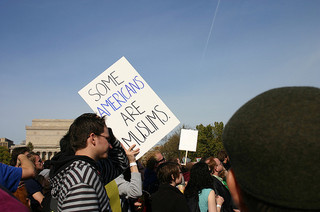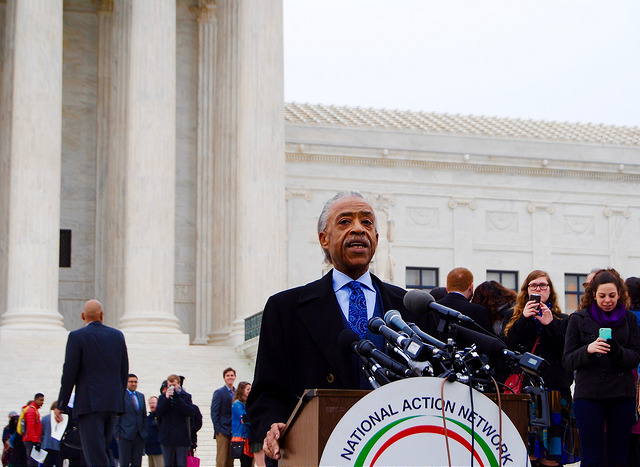
Competing in sports where “people don’t look at us like women. They don’t look at us as being girly or feminine” can take a toll on many women athletes with larger physiques. Women athletes face additional pressures in the limelight because the public often pays as much – if not more – attention to their dress and body types than their athletic performance on the field. However, in a recent LA Times article, Olympians such as weightlifter Sarah Robles and shot put star Michelle Carter are challenging traditional standards of feminine beauty by encouraging girls of all body types to embrace their physiques. Sociologist Abigail Saguay believes that athletes fighting back against the stigma of larger and muscular body types is a firm step in the right direction toward promoting positive body image. Saguay explains,
“The Olympians are using the podium to promote a positive message. They are making an important point that health comes at all sizes, and we should be embracing diversity of body sizes rather than assume there’s one good body type.”
Though breaking past historical ideals about body ideals is an uphill struggle, these athletes are challenging conventions in a big way.









